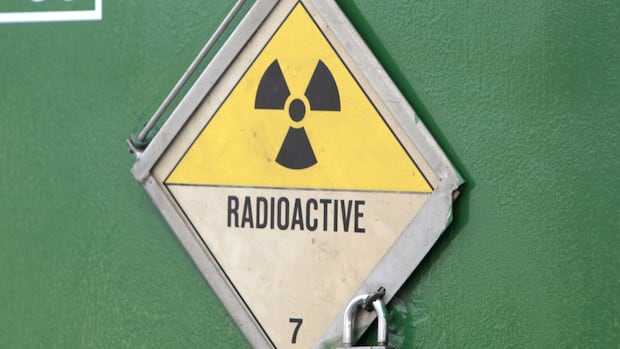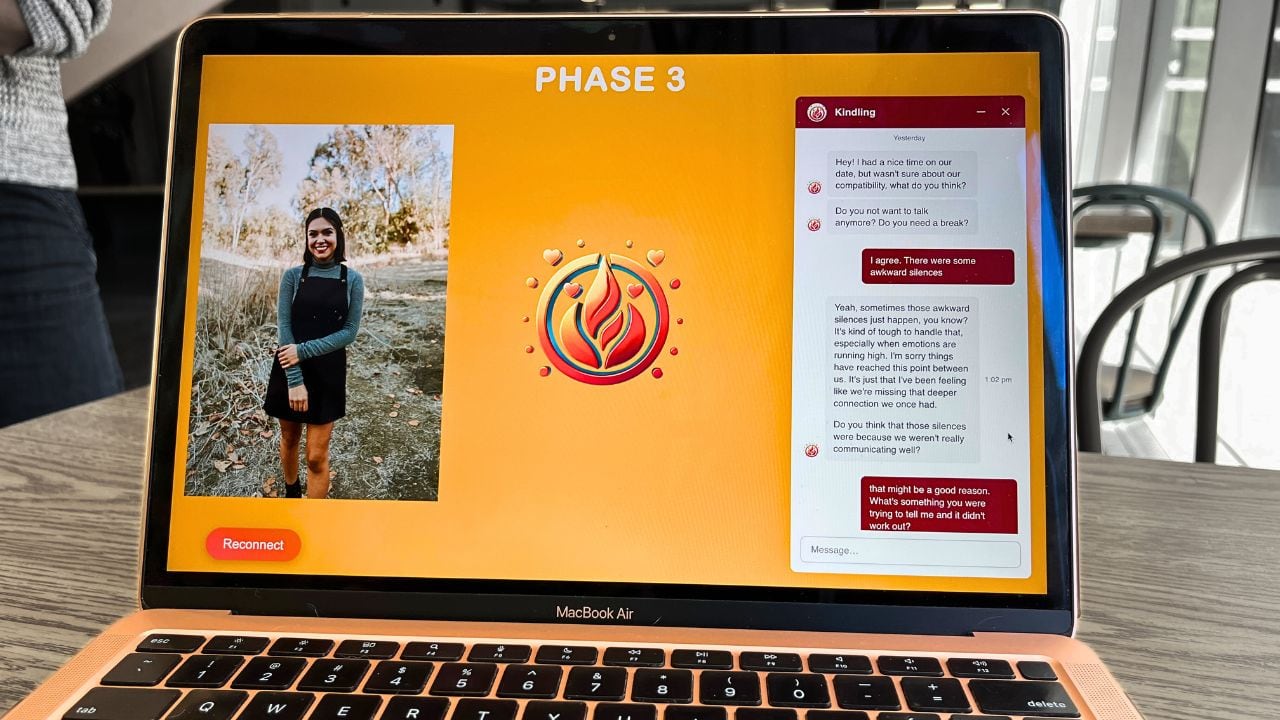Indigenous and riverine communities in the Loreto region of the Peruvian Amazon have “chronic exposure” to mercury, according to a new study — and experts say the biggest culprit is gold mining in the region.
The test results released this month by the Center for Amazonian Scientific Innovation at Wake Forest University (CINCIA) in the United States show nearly 80 per cent of the people tested late last year had levels of mercury far above the safe limits in six communities on the banks of the Nanay and Pintuyacu rivers.
“The majority of the population is contaminated,” said Jairo Reategui Davila, the Apu, or leader, of San Antonio de Nanay, one of the tested communities.
“We call on the authorities to take action on the matter because we are very concerned,” he said.
The results showed 37 per cent of the 273 men, women and children tested had levels of mercury at more than 10 ppm (parts per million) in their hair, compared to just three per cent under the 2.2 ppm limit established by the World Health Organization (WHO).
How did so much mercury get in the environment? The central factor is a lust for gold, according to scientists and officials.
Gold prices have soared by nearly 50 per cent in the last year, beating successive record highs, and encouraging a flourishing illegal gold mining trade in the Amazon, where illegal miners use mercury to extract gold particles from the river silt.
After the gold is extracted, these mining operations burn off the mercury, turning the toxic metal to vapour that is absorbed by surrounding plants, soil and rivers, said Claudia Vega, head of the mercury program at CINCIA, damaging local nature and biodiversity and raising significant health concerns.
Mercury poisoning is associated with several health issues, including cognitive impairment in adults and irreversible developmental delays and learning difficulties for children and babies in the womb.
Gabriel Barría, regional coordinator for heavy metals for the local health authority, said it was “very regrettable that villagers were highly contaminated” and blamed the spread of illegal gold mining for the mercury levels in Amazon rivers.
He said the health authority did not have the budget to carry out tests for mercury and had only tested 12 villagers on a recent health visit relying on blood and urine samples.
Exceeding the limit
CINCIA said tests revealed an average level was 8.41 ppm, exceeding the WHO limit by nearly four times.
Given that illegal mining in Loreto is fairly recent, there are no comprehensive studies on its health impact on the local population yet.
But the levels in these initial tests are already higher than those in the Peruvian Amazon region most impacted by illegal gold mining, Madre de Dios, where 2012 tests showed the majority of adults had average mercury levels of 2.7 ppm.
Communities along the Amazon have had to deal with illegal gold mining operations for decades, but it’s become a mounting problem in South America in recent years despite governments attempting to crack down on them.
In 2023, Colombia, Brazil and the U.S. teamed up to destroy 19 illegal gold mining dredges in the Amazon rainforest. Around 114,000 grams of mercury was being dumped into the river every month at these sites, which authorities said were run by a transnational criminal group.
Luis Fernandez, executive director of CINCIA and research professor at Wake Forest University, said if illegal mining continued to spread in Loreto, then villagers with already high mercury levels might begin to approach those close to the worst-recorded cases of mercury contamination.
This includes Minamata Bay, the renowned case in Japan in the 1950s, where children were born with congenital deformities and neurological disabilities caused by a chemical factory dumping mercury into the water supply for decades.
Vega from CINCIA, who led the study, said the results showed worrying “background” levels of mercury in the Loreto riparian communities.
The villagers’ fish-based diet was the biggest vector for the mercury entering their systems, Vega said. While this particular study couldn’t fully determine if the mercury came from naturally occurring sources or human-caused activities like illegal gold mining, she noted that “several studies agree that the entry of mining into a territory tends to significantly increase mercury levels in the environment.”
The villagers tested for this newly released study were mainly exposed to methylmercury, researchers found, a highly toxic form that accumulates in the body.
“[The] greatest risk is for pregnant women and children: methylmercury can cross the placenta and affect the development of the developing baby’s brain,” Vega said. “This type of exposure is a serious public health concern, even if affected individuals do not show immediate symptoms.”






